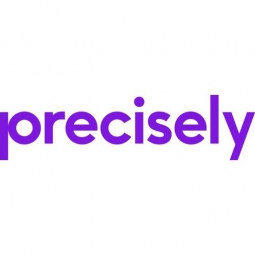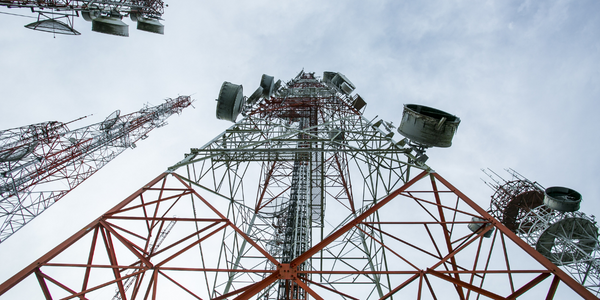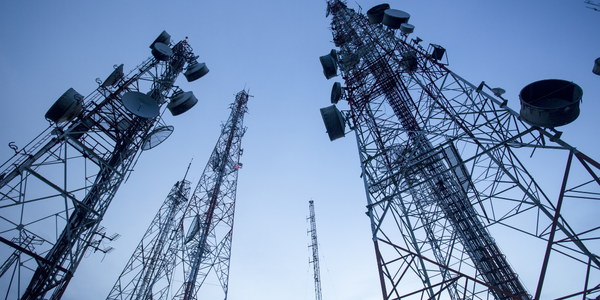Customer Company Size
Large Corporate
Region
- Europe
Country
- United Kingdom
Product
- Precisely MapXtreme
- MapInfo Pro
Tech Stack
- Oracle-based platform
Implementation Scale
- Enterprise-wide Deployment
Impact Metrics
- Cost Savings
- Customer Satisfaction
- Productivity Improvements
Technology Category
- Application Infrastructure & Middleware - Data Visualization
- Functional Applications - Remote Monitoring & Control Systems
Applicable Industries
- Telecommunications
Applicable Functions
- Field Services
- Sales & Marketing
Use Cases
- Fleet Management
- Geofencing
- Predictive Maintenance
- Remote Asset Management
Services
- System Integration
About The Customer
BT Group plc, formerly known as British Telecommunications plc, is one of Europe's leading telecommunications service providers. The company serves around 15 million customers and is known for deploying some of the largest and most complex IT and communications networks worldwide. BT holds approximately 7,000 patents and patent applications, showcasing its commitment to innovation and technological advancement. The company offers a wide range of services, including higher-value broadband and Internet products, IT solutions, and a global IP network that provides connectivity options for voice, video, data, and converged communication services. BT's customer base ranges from individual consumers to government departments and some of the world's largest multinationals, highlighting its extensive reach and influence in the telecommunications industry.
The Challenge
A key component of BT Group's success has been the integration of location intelligence across all facets of its business, starting with the management of its extensive networks. With 17,000 field-based engineers servicing approximately 6.1 million customers each year, BT needed a unified, efficient system for deploying employees, supplies, and other resources across network sites. The existing paper-based maps and diagrams proved inefficient, and engineers required a better way to respond to customer needs. The challenge was to find a solution that could streamline operations, improve efficiency, and enhance customer service by providing accurate and up-to-date location data.
The Solution
BT Group turned to Precisely's MapXtreme and MapInfo Pro solutions to visually display and analyze location-based data, enabling more informed decisions about customer service. These location intelligence tools integrate seamlessly with BT's existing Oracle-based systems, allowing engineers to locate properties, view road networks, and identify underground ducts and cables. The solutions also enable engineers to see the exact location of customers in relation to the network and plot the shortest route for site visits, resulting in time and labor savings. The location intelligence solutions are accessible to field engineers at all times, allowing them to easily locate BT plant equipment and customers, and submit work requirements or requests from any site. This integration has streamlined operations, increased efficiency, and improved customer service.
Operational Impact
Quantitative Benefit

Case Study missing?
Start adding your own!
Register with your work email and create a new case study profile for your business.
Related Case Studies.

Case Study
Vodafone Hosted On AWS
Vodafone found that traffic for the applications peak during the four-month period when the international cricket season is at its height in Australia. During the 2011/2012 cricket season, 700,000 consumers downloaded the Cricket Live Australia application. Vodafone needed to be able to meet customer demand, but didn’t want to invest in additional resources that would be underutilized during cricket’s off-season.

Case Study
SKT, Construction of Smart Office Environment
SK T-Tower is the headquarters of SK Telecom. Inside the building, different types of mobile devices, such as laptops, smartphones and tablets, are in use, and with the increase in WLAN traffic and the use of quality multimedia data, the volume of wireless data sees an explosive growth. Users want limitless Internet access in various places in addition to designated areas.











